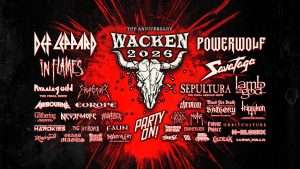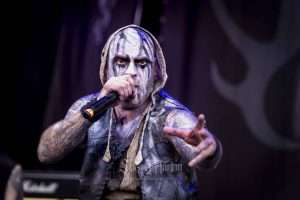Banished from sanctuary: Thirty-five years of Blind Guardian’s masterful album Follow The Blind
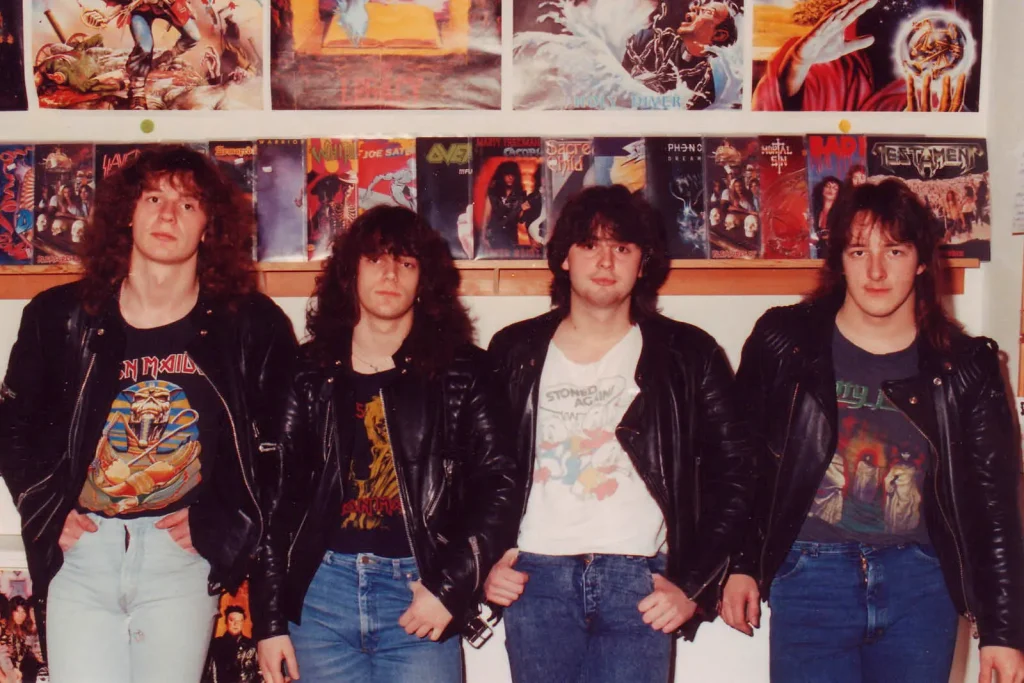
Everyone knows that one of the cradles of heavy metal is without a doubt the European continent, more specifically the central area and northern Europe. The story of Blind Guardian is simple and concise: four heavy metal fans from West Germany at that time, decided to join forces to form a band that they originally named Lucifer’s Heritage. Their sound combined the most classic elements of heavy metal with some touches of speed metal, although increasing the speed of their compositions considerably in what would later be known as power metal.
Lucifer’s Heritage released their first demo Symphonies Of Doom (Independent) in 1985, which received little recognition and went quite unnoticed. The following year they released their second demo Battalions Of Fear (1986, Independent) -not to be confused with Blind Guardian‘s debut album-, the last recording with guitarist Christoph Theissen who would later leave the band. They began to enjoy some recognition with their second demonstration and that’s when they decided to change their name to something more appropriate, at which point they became known as Blind Guardian.
At that time they completed the line-up with Marcus Siepen on guitar, who replaced Cristoph Theissen. With their consolidated line-up Blind Guardian decided to start the process of recording their debut album, Battalions Of Fear (1988, No Remorse Records), an album of pure speed metal with melodic touches that was released under No Remorse Records. The band is consolidated with Hansi Kürsch on bass and vocals, André Olbrich and Marcus Siepen on guitars and Thomas Stauch on drums, in addition to touring part of West Germany and East Germany with a fairly consistent fan base at the time.
Already in 1989, a year after their debut, they decided to enter Karo Studios in Münster (West Germany) to record what would be the successor to Battalions Of Fear. The album was recorded during the cold winter of that year, between January and February, and was produced by Kalle Trapp. He had already produced Blind Guardian’s debut album and would also be responsible for producing the next two albums, Tales From The Twilight World (1990, No Remorse Records) and Somewhere Far Beyond (1992, Virgin Records).
Part of Follow The Blind was written during the Battalions Of Fear tour and has a sound quite similar to its predecessor, although the band has admitted on several occasions that during that time they listened to a lot of thrash metal and speed metal bands, somewhat which greatly influenced the final result of their new songs. Blind Guardian, which has always been strongly influenced by the stories of the writer J. R. R. Tolkien, has referenced the author and his literary work on many occasions, even dedicating an entire album to the novel The Silmarillion (1977) with the release of Nightfall In Middle-Earth in 1998. They had already referenced some of Tolkien’s work in their debut such as Majesty or Run For The Night, which are about The Lord Of The Rings, even titling the last song of said album Gandalf’s Rebirth in allusion to one of the characters in the saga.

In Follow The Blind, right from the start we find the first nod to Tolkien‘s work on the album artwork itself, with two of the characters from his novels such as Gandalf and Frodo, although in this case it would be the only reference we find on the album. For their second studio album they expand their references and deal with the novel The Talisman by Stephen King and Peter Straub in Follow The Blind, the title song of the album itself. Banish From Sanctuary is based on the life of John the Baptist, Hall Of The King is about faith, Fast To Madness is about Elric of Melniboné, antihero of Michael Moorcock‘s Elric Saga.
Blind Guardian chose Inquisition as the song that introduces the listener to Follow The Blind, which also made use of Pie Jesu Domine, a text from the final couplet of Dies Irae in Latin, which reads the following sentence: “Pie Jesu Domine, dona eis requiem” (Pious Jesus who takes away the sins of the world, give them rest). The album was officially released on April 14, 1989 through the defunct record label No Remorse Records like its predecessor Battalions Of Fear and its follow-up album, Tales From The Twilight World. The album would be re-released on CD by Virgin, which also included the cover for british Demon‘s heavy metal anthem Don’t Break The Circle, a song that was not included in the original vinyl edition.
In Follow The Blind we also find one of the band’s most important songs, Valhalla, a song that has been appearing in the band’s setlist since its release and in which Kai Hansen (Helloween, Gamma Ray) also participates. Hansen would repeat on his next album, contributing his voice and some guitar solo on Lost In The Twilight Hall, but that’s another story.


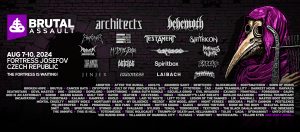
![amorphis-presentan-nuevo-sencillo-light-and-shadow-de-nuevo-album-borderland-1849[1]](https://alliedforces.es/wp-content/uploads/2025/08/amorphis-presentan-nuevo-sencillo-light-and-shadow-de-nuevo-album-borderland-18491-300x159.jpg)
